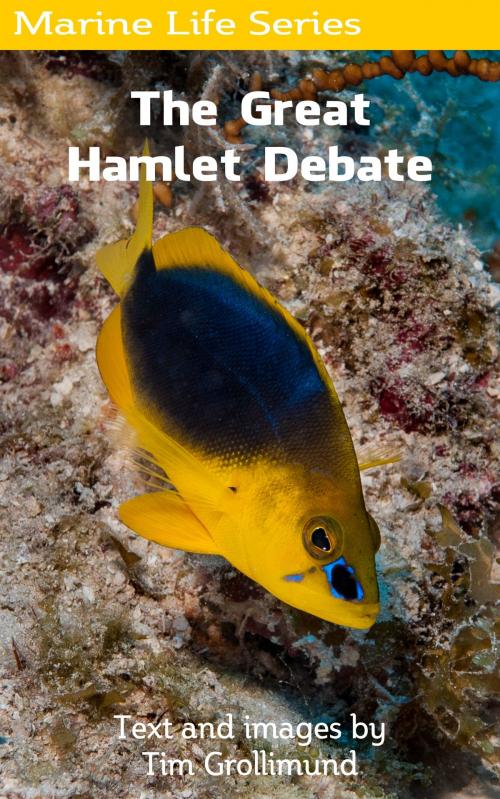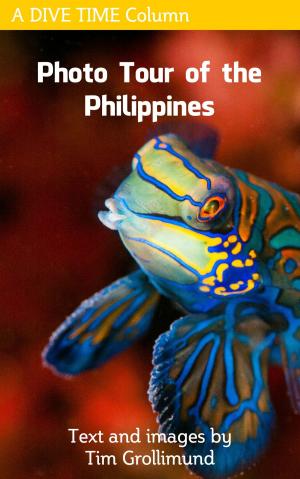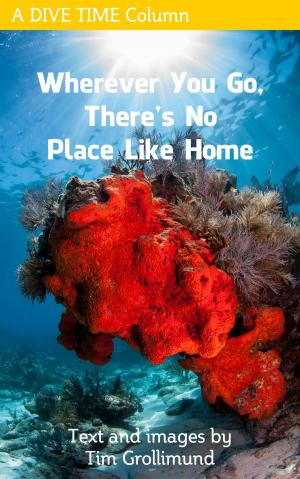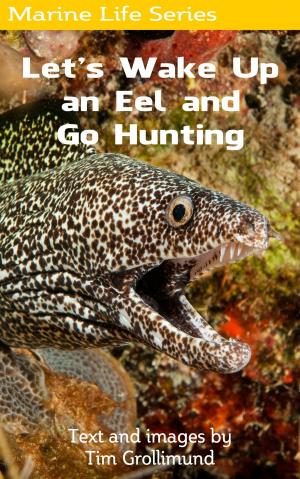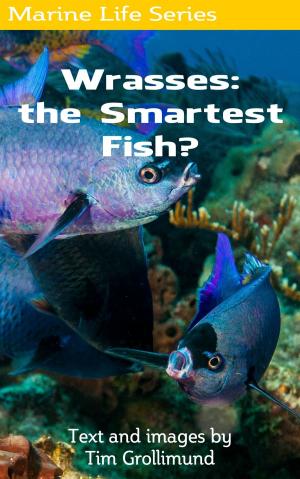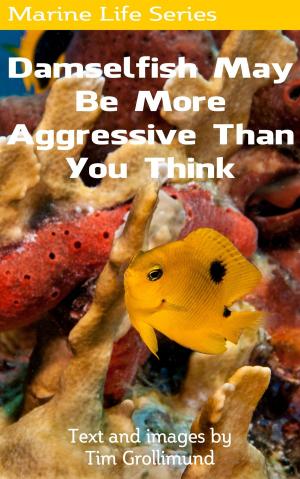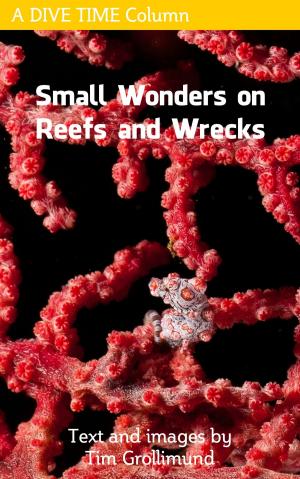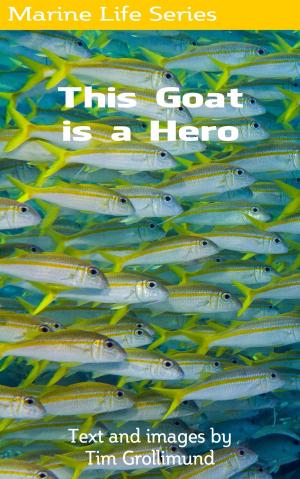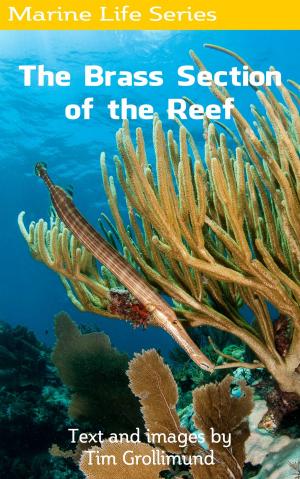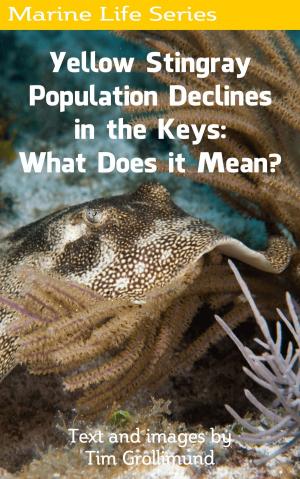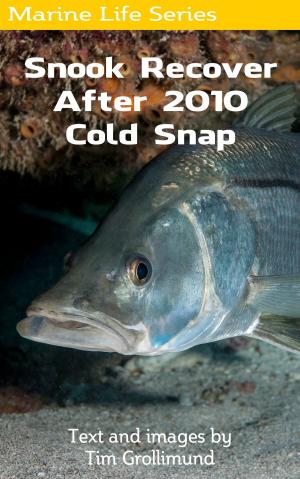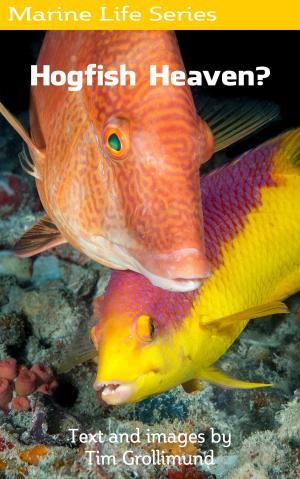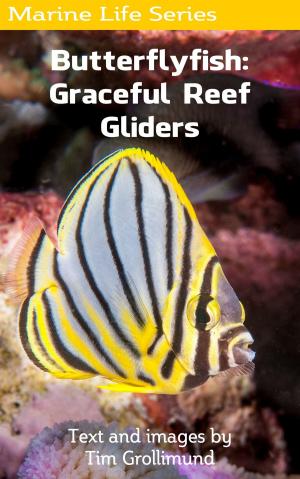| Author: | Tim Grollimund | ISBN: | 9781370998968 |
| Publisher: | Tim Grollimund | Publication: | April 9, 2017 |
| Imprint: | Smashwords Edition | Language: | English |
| Author: | Tim Grollimund |
| ISBN: | 9781370998968 |
| Publisher: | Tim Grollimund |
| Publication: | April 9, 2017 |
| Imprint: | Smashwords Edition |
| Language: | English |
There has been a debate for decades on how many species of hamlets exist. The original classification was for one species (Hypoplectrus unicolor), and color variations didn’t matter enough to differentiate a new species. As this debate has raged, scientific research is shedding light on the differences - or not - for the many color variations of the hamlet group. The crux of the debate runs like this: All of the hamlet color variations are strikingly similar in physical characteristics and behavior - body shape, fins, size and diet. The indigo hamlet is the only color variation that is different, in two important ways. Indigos are the largest of the hamlets, and they feed primarily on blue chromis rather than crabs, shrimp and worms. Looking a bit deeper into the debate, we find good arguments for color patterns as definitive criteria for defining species. And now scientists are finding some differences in the molecular structures of the color variations. Another interesting study shows areas of concentration by color pattern. These areas are called population centers, defined by the predominantly abundant species of all hamlets in the area. And according to that map blue hamlets are the kings of the reef in the Keys.
There has been a debate for decades on how many species of hamlets exist. The original classification was for one species (Hypoplectrus unicolor), and color variations didn’t matter enough to differentiate a new species. As this debate has raged, scientific research is shedding light on the differences - or not - for the many color variations of the hamlet group. The crux of the debate runs like this: All of the hamlet color variations are strikingly similar in physical characteristics and behavior - body shape, fins, size and diet. The indigo hamlet is the only color variation that is different, in two important ways. Indigos are the largest of the hamlets, and they feed primarily on blue chromis rather than crabs, shrimp and worms. Looking a bit deeper into the debate, we find good arguments for color patterns as definitive criteria for defining species. And now scientists are finding some differences in the molecular structures of the color variations. Another interesting study shows areas of concentration by color pattern. These areas are called population centers, defined by the predominantly abundant species of all hamlets in the area. And according to that map blue hamlets are the kings of the reef in the Keys.
